Keeping your employees behind strong firewalls and VPNs is no longer enough. It’s just one of the many important pieces for worry-free productivity today. Too often businesses create their processes and practices and then ask IT to keep them secure. The new methodology is to pull IT out of the silo, whether it is in-house or outsourced and look at a more holistic, modernization of the entire digital office.
The COVID crisis has caused many businesses to reevaluate digital access, file storage, safety, compliance measures, and communications (both written and via video). The 2021 goal for many businesses now is to increase productivity with a growing remote workforce. To do this, they must modernize their digital workplace.
What does that mean?
Everything is finally moving to digital and that means data access, storage, and security must be maximized.
Cloud migration is no longer a long-term goal, it is a short-term need. Central storage, unified updates, access tracking and control, and no more orphan files on an individual’s computer — these are all requirements of digital modernization.
Voice over IP turns all calls into digital files that can now be stored and accessed. Video calls are recorded and once again are now also digital files. Central file access, storage, and structure are more vital than ever before. Everything is digital, digital means data, and data must be managed.
There is much more to a productive workplace than strong cybersecurity. Cyber tools are exactly that: tools. They must be used properly. Employees must be trained. Just as a dull tool causes accidents, untrained employees create incidents.
Workplace modernization is a mindset that must start at the top of the organization. It’s a partial investment in software, but a vital investment in employees. There is peace of mind for both management and employees in knowing they are working properly, in safe environments while easily accessing the tools they need to do their job. This should be everyone’s first KPI for 2021. Then everything else from top-line revenue increases to cost reductions by removing inefficiencies will follow.

